
ServiceNow Expands Generative AI Capabilities With Case Summarization and Text-to-Code to Drive Speed, Productivity, and Value
SANTA CLARA, Calif.--(BUSINESS WIRE)--Jul 26, 2023--
2023-07-27 04:15

Are you a Facebook user? You have one month left to apply for a share of this $725M settlement
U.S. Facebook users have one more month to apply for their share of a $725 million privacy settlement that parent company Meta agreed to pay late last year
2023-07-27 03:45
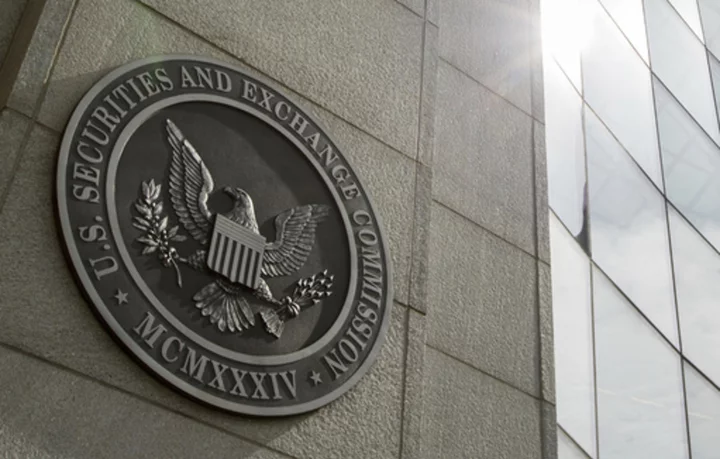
New SEC rule requires public companies to disclose cybersecurity breaches in 4 days
The Securities and Exchange Commission has adopted rules to require public companies to disclose within four days all cybersecurity breaches that could affect their bottom lines
2023-07-27 03:17

Groundbreaking ABS Study Explores Potential of Commercial Nuclear Propulsion
HOUSTON--(BUSINESS WIRE)--Jul 26, 2023--
2023-07-27 02:28
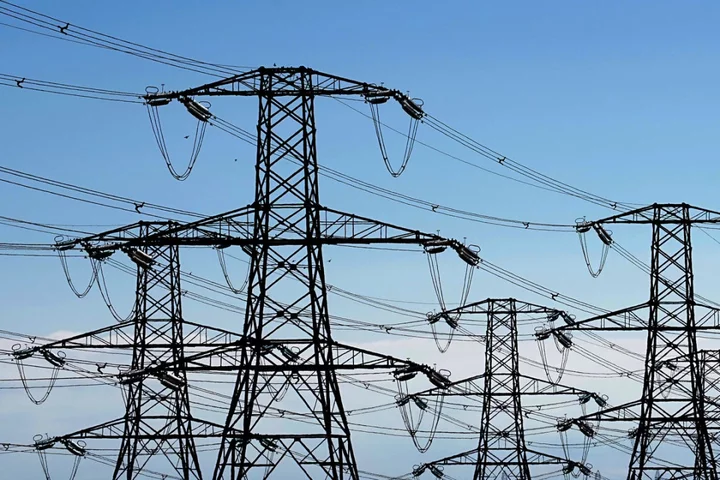
Superconductor breakthrough could represent ‘biggest physics discovery of a lifetime’ – but scientists urge caution
Scientists have claimed to make a breakthrough that would be “one of the holy grails of modern physics” – but experts have urged caution about the results. In recent days, many commentators have become excited by two papers that claim to document the production of a new superconductor that works at room temperature and ambient pressure. Scientists in Korea said they had synthesised a new material called LK-99 that would represent one of the biggest physics breakthroughs of recent decades. Superconductors are a special kind of material where electrical resistance vanishes, and which throw out magnetic fields. They are widely useful, including in the production of powerful magnets and in reducing the amount of energy lost as it moves through circuits. They are also often impractical, since they require low temperatures and high pressure. That means that they cannot be used in most traditional circuits, for instance. Since the beginning of the last century, scientists have been working not only to understand superconductivity but also develop new materials that would allow the phenomenon to be harvested at ambient temperatures and pressures. That has not been successful, and the discovery of such a material would mark a major breakthrough in physics. The new papers, published in recent days as a preprint on the website arXiv, claims to have overcome that problem. The researchers said they had not only found a way to synthesise such a superconducting material, but also that it could be done relatively easily – leading to huge excitement on social media. One Twitter thread from Alex Kaplan, a recent Princeton graduate who is now head of coffee product at startup Cometeer, helped propel the news into the mainstream. His thread had been viewed 8.5 million times, Twitter said, and has been retweeted more than 10,000 times. “Today might have seen the biggest physics discovery of my lifetime. I don’t think people fully grasp the implications of an ambient temperature / pressure superconductor,” he wrote in a long thread that went on to explain the possible applications of the material. Mr Kaplan pointed to the fact that vast amounts of energy are lost in the transmission of electricity across the world, that the the authors claimed material could be made in just 34 hours with simple equipment, and that such a superconductor would have revolutionary uses in everything from nuclear fusion reactors to batteries and quantum computers. Scientists away from the work agreed that such a breakthrough would be hugely significant. But they urged caution, pointing to the fact that the paper has not yet gone through the peer review process, the results have not been replicated, and that there could be other explanations for the apparently astonishing behaviour described in the work. “A real, working room-temperature superconductor which works at ambient pressure would be one of the holy grails of modern physics, unlocking major new developments in energy, transportation, healthcare, and communications,” said Mohammad Yazdani-Asrami of the University of Glasgow’s James Watt School of Engineering. “As it stands, however, the paper is not yet peer-reviewed and has not yet been tested in other labs to see if other researchers can reproduce its results. These are both key to determining for sure whether the world should be getting excited about the authors’ claims, which need much more scrutiny at this early stage. If the claims of findings are approved, perhaps, this is one of the most significant achievements of last few decades in physics and material engineering.” Others voiced specific concerns about the paper. Some of the results meant that other researchers working on superconductors were not convinced by the claims made in the paper. “The recent preprint by Lee, Kim and Kwon suggesting that they have observed room temperature superconductivity in the copper doped lead phosphate system, without the need for very high applied pressures, is interesting, but not yet wholly convincing,” said Susannah Speller, Professor of Materials Science at the University of Oxford, and Chris Grovenor, Professor of Materials at the University of Oxford. Professors Speller and Grovenor pointed to the fact that the data did not show the behaviour that would be expected to happen when the material became superconducting. Features that would be expected to be evident in the results were not, they said, and “and so it is too early to say that we have been presented with compelling evidence for superconductivity in these samples”. John Durrell, professor of superconductor engineering at Cambridge University, said that it could take considerable time to see the practical benefits of the breakthrough, even if the team’s results were confirmed. “There will be understandable scepticism about this result in the community as there have been numerous reports of room temperature superconductors over the years which have not held up,” he told The Independent. “I would, therefore, personally withhold judgement on this work until it becomes clear if the result is reproducible in other laboratories. “From my engineering point of view, a practical room temperature superconductor would be potentially transformative – allowing a host of exciting applications such as cheap MRI machines, more compact and efficient motors and low loss power transmission. “However, there can be significant challenges in turning a newly discovered superconducting material into a practical material. In previous cases, this has taken one or two decades and is not always possible.” Read More Europe to cover continent in fast EV chargers under new law Elon Musk takes control of @X account from user who had held it for 16 years iPhone users urged to check their photo library amid fears they could be deleted Europe to cover continent in fast EV chargers under new law Elon Musk takes control of @X account from user who had held it for 16 years iPhone users urged to check their photo library amid fears they could be deleted
2023-07-27 01:25

Amazon Cloud Unit Enters Health Care AI Market, Adds Chatbot Tools
Amazon.com Inc.’s cloud unit, determined to take on Microsoft and Google in the burgeoning market for generative artificial
2023-07-27 00:54
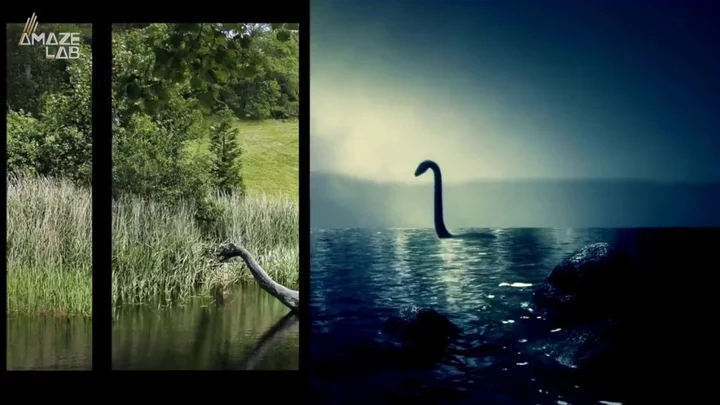
Researchers throw a new twist into the age-old Loch Ness Monster tale
The Loch Ness Monster has left people scratching their heads for years, with many claiming they spotted the beast itself. Now, it's got its own "eel hypothesis," a paper dedicated to the theory that such sightings could have been eels. Researchers looked at data from Loch Ness to understand the number of eels there and their average measurements, as per IFL Science. They discovered that the eels were on the smaller side, compared to the estimates of the Loch Ness Monster, said to be roughly 1-2 metres according to one sighting. Another suggested it could be 15-20 metres. "However, this is not quite the ‘monster postulated," the authors told the outlet."Indeed, the probability of finding a 6-meter [20-foot] eel in Loch Ness is essentially zero – too low for the software used to provide a reliable estimate." "Thus, while large eels may account for some eyewitness sightings of large, animate objects rising to the loch surface, they are unlikely to account for 'sightings' of extraordinarily large animals, which may instead be accounted for by wave phenomena, the occasional stray mammal, or other reasons." Sign up for our free Indy100 weekly newsletter It comes after several sightings last year were shot down by an academic who said they were simply whale penises. Michael Sweet, a professor in molecular ecology at the University of Derby, candidly, and informatively, added: "Whales often mate in groups so while one male is busy with the female the other male just pops his d*** out of the water while swimming around waiting his turn. "Everyone’s gotta have a bit of fun, right?" Have your say in our news democracy. Click the upvote icon at the top of the page to help raise this article through the indy100 rankings.
2023-07-27 00:45

Prime Time Shuttle and Opoli Announce Customer Experience Enhancements
LOS ANGELES--(BUSINESS WIRE)--Jul 26, 2023--
2023-07-27 00:28
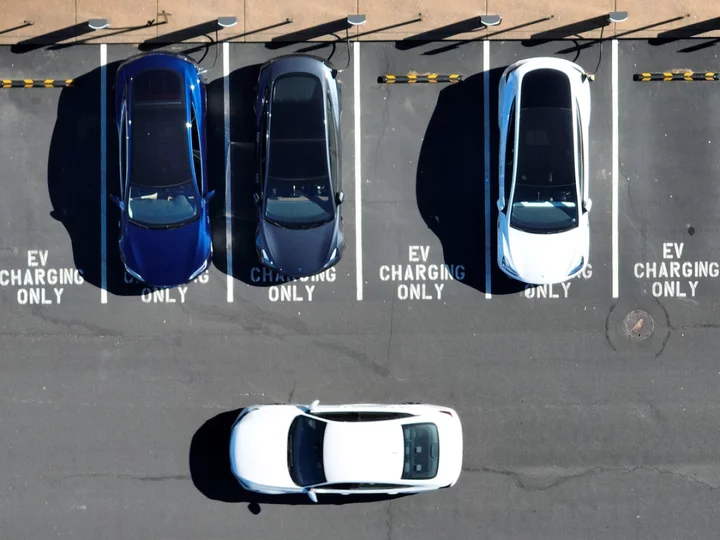
Europe to cover continent in fast EV chargers under new law
The European Union has passed a new law to cover the continent in fast charging stations in order to meet the growing demand of electric cars. The legislation calls for fast recharging stations for cars and vans every 60 kilometres (37 miles) along the EU’s main transport corridors by 2025. The same distance requirements for heavy goods vehicles will need to be met by 2030. Airports and ports will also need to provide electricity for passenger vessels and aircraft by 2025. “The new law is a milestone,” said Raquel Sánchez Jiménez, Spain’s Minister of Transport. “We are optimistic that in the near future, citizens will be able to charge their electric cars as easily as they do today in traditional petrol stations.” The new EU law forms part of the ‘Fit for 55 package’, announced by the European Commission in 2021, which aims to reduce net greenhouse gas emissions by at least 55 per cent by 2030 compared to 1990 levels. The EU is also aiming to achieve climate neutrality by 2050. Electric car ownership in Europe and worldwide has seen huge growth in recent years, with EV car sales now representing around one fifth of all new car sales globally. Last month, the battery-electric car market in the EU surged from 10.7 per cent to 15.1 per cent year-on-year, according to figures from the European Automobile Manufacturers’ Association (ACEA), overtaking diesel vehicles for the first time. The countries with the biggest growth were the Netherlands, Germany and France, contributing to more than 700,000 units sold in the first half of the year. Read More Battery breakthroughs are about to trigger a transport revolution
2023-07-26 23:49
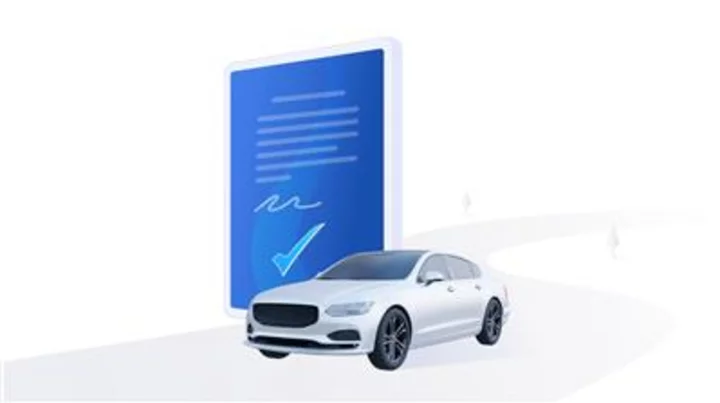
Tekion Acquires Five64, Interstate and State Vehicle Registration Solutions Provider
PLEASANTON, Calif.--(BUSINESS WIRE)--Jul 26, 2023--
2023-07-26 23:29

Putting Generative AI to Work: Smartsheet Announces New AI Features that Unlock the Power of the Smartsheet Platform
BELLEVUE, Wash.--(BUSINESS WIRE)--Jul 26, 2023--
2023-07-26 23:25

Google, Microsoft, OpenAI and Anthropic announce industry group to promote safe AI development
Some of the world's top artificial intelligence companies are launching a new industry body to work together — and with policymakers and researchers — on ways to regulate the development of bleeding-edge AI.
2023-07-26 23:24
You Might Like...
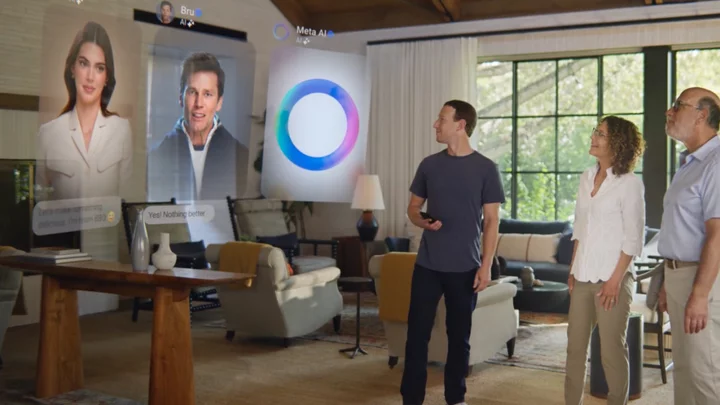
Mark Zuckerberg's latest AI product has been deemed 'cringiest AI of all time'
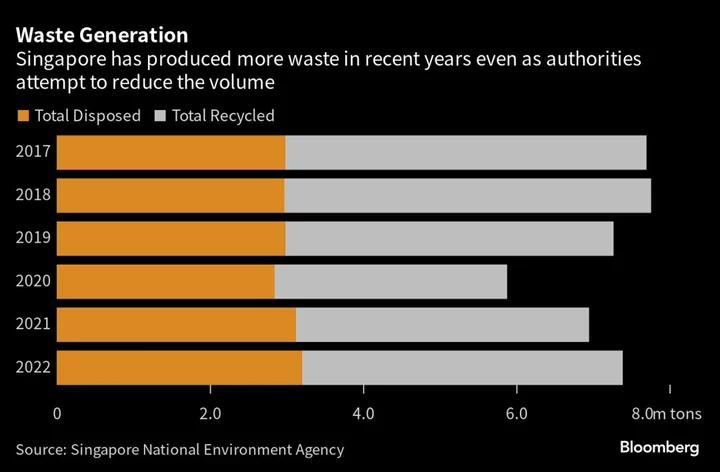
Singapore Could Mine Its Only Dump as Waste Keeps Piling Up

Core Scientific, Inc. Appoints Adam Sullivan as CEO to Lead the Company’s Next Phase of Growth
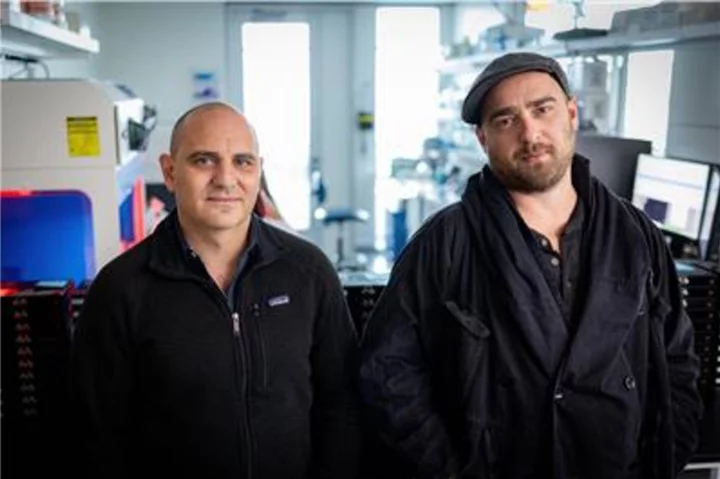
Noetik Raises $14 Million Seed Financing to Revolutionize Cancer Immunotherapy Using Artificial Intelligence

Arm prepares to meet investors ahead of blockbuster IPO -sources

What's Final Fantasy XIV's Max Level in 2023?

Apple’s ‘mixed reality’ headset: What could the future look like through new VR glasses?
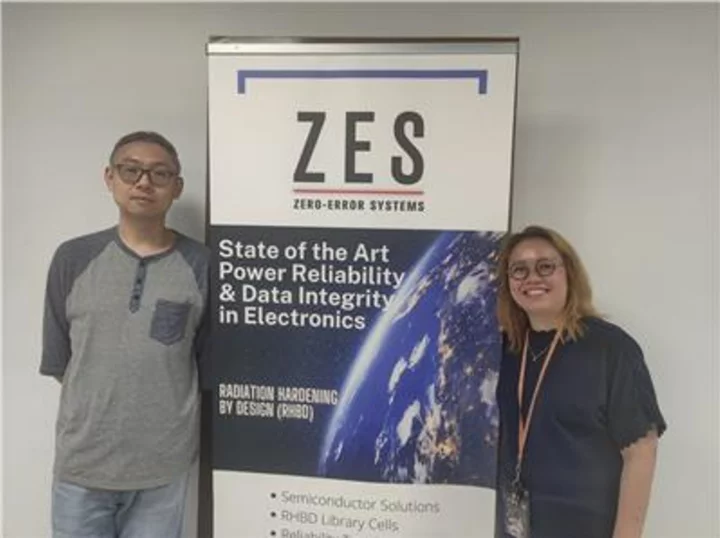
Singapore-based Deeptech Startup Zero-Error Systems (ZES) Raises USD $7.5M in Oversubscribed Series A
